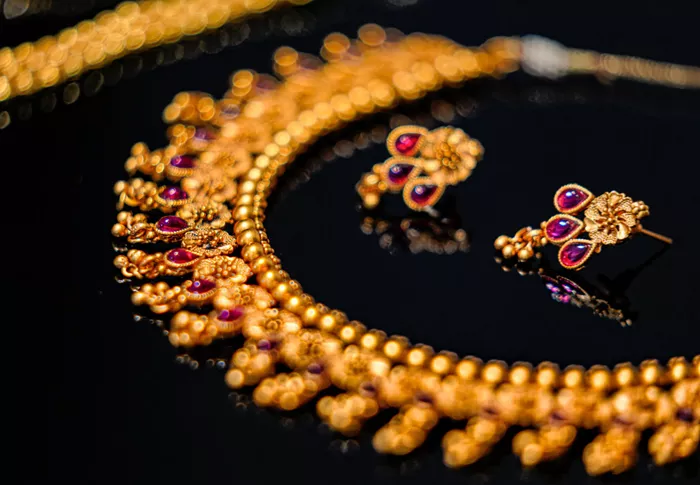After a brief slowdown in November and December 2024, gold prices in India surged to unprecedented levels at the start of 2025. While the rising prices have dampened demand for gold jewelry, they have bolstered investment demand, according to industry reports.
India, the world’s second-largest gold market, saw gold prices climb 10% in rupee terms (equivalent to $286 in dollar terms) in January 2025 alone. The price peaked at a record high of ₹86,831 per 10 grams, driven by geopolitical risks, inflation concerns, and increased investment activity, as noted by the World Gold Council (WGC).
Despite a 6% drop in rupee terms during the final two months of 2024, gold remained India’s best-performing asset class last year, delivering a 21% annual return. In comparison, gold returned 26% in dollar terms globally.
Jewelry Demand Slumps as Investment Demand Holds Strong
The WGC reported that soaring gold prices have significantly reduced demand for gold jewelry in India. Retail sales declined sharply in January, with weak demand continuing into February.
In India, gold jewelry is not just a fashion statement but also a key investment. Unlike in Western markets, where 14- and 18-karat gold is common, Indian jewelry is typically made from pure 24-carat gold. Many families use gold jewelry as a form of savings.
Cultural and religious traditions also play a significant role in shaping gold demand. Certain periods on the Hindu lunar calendar are considered inauspicious for purchases, leading to fluctuations in buying activity. Although an unfavorable buying period ended on January 15, demand has remained sluggish.
Wedding-related purchases, a major driver of gold sales, have also slowed. Analysts suggest that many consumers made their purchases earlier when prices dipped in November.
To stimulate sales, jewelers have been offering discounts, creating a gap between domestic and international gold prices. Additionally, many consumers are selling their gold jewelry to capitalize on the high prices, further pressuring the market.
Jewelers are also facing challenges in restocking due to liquidity issues caused by high gold prices, which make it difficult to pay wholesalers.
Investment Demand Remains Resilient
While jewelry sales have declined, demand for gold coins, bars, and exchange-traded funds (ETFs) has stayed strong. Investors are turning to gold as a safe haven amid economic uncertainty and weak equity markets.
India’s gold ETFs saw a record inflow of $435 million in January, exceeding the 12-month average inflow of $435 million and the 12-month average inflow of $112 million. Gold ETF holdings increased by 4.6 tons, with total holdings reaching 62.4 tons.
Gold Imports Decline
High prices and reduced demand have led to a slowdown in gold imports. January imports are estimated at 30–35 tonnes, the lowest since July 2024 but still 40% higher than the same period last year.
Positive Policy News for Gold Investors
In a welcome move for investors, India’s Union Budget for 2025 maintained the gold import duty at 6% and reduced the customs tariff on gold jewelry imports from 25% to 20%.
There had been speculation that the government might raise import duties after a significant cut in July 2024, which had driven record imports and a 6% price drop. However, the WGC noted that the tariff reduction on jewelry imports is unlikely to significantly impact domestic production, as imports are limited to high-end pieces.
Conclusion
As gold prices continue to break records in India, the market is witnessing a clear shift. While jewelry demand has weakened, investment demand remains robust, reflecting gold’s enduring appeal as a safe haven asset. With economic uncertainty persisting, gold is likely to remain a key focus for Indian investors in the coming months.
Related topics:
- Gorjana Brings “California Cool” Jewelry to King of Prussia Mall
- Shiels Jewellers Marks 80th Anniversary with Special Commemorative Video
- Four New High Jewelers to Debut at TEFAF Maastricht


